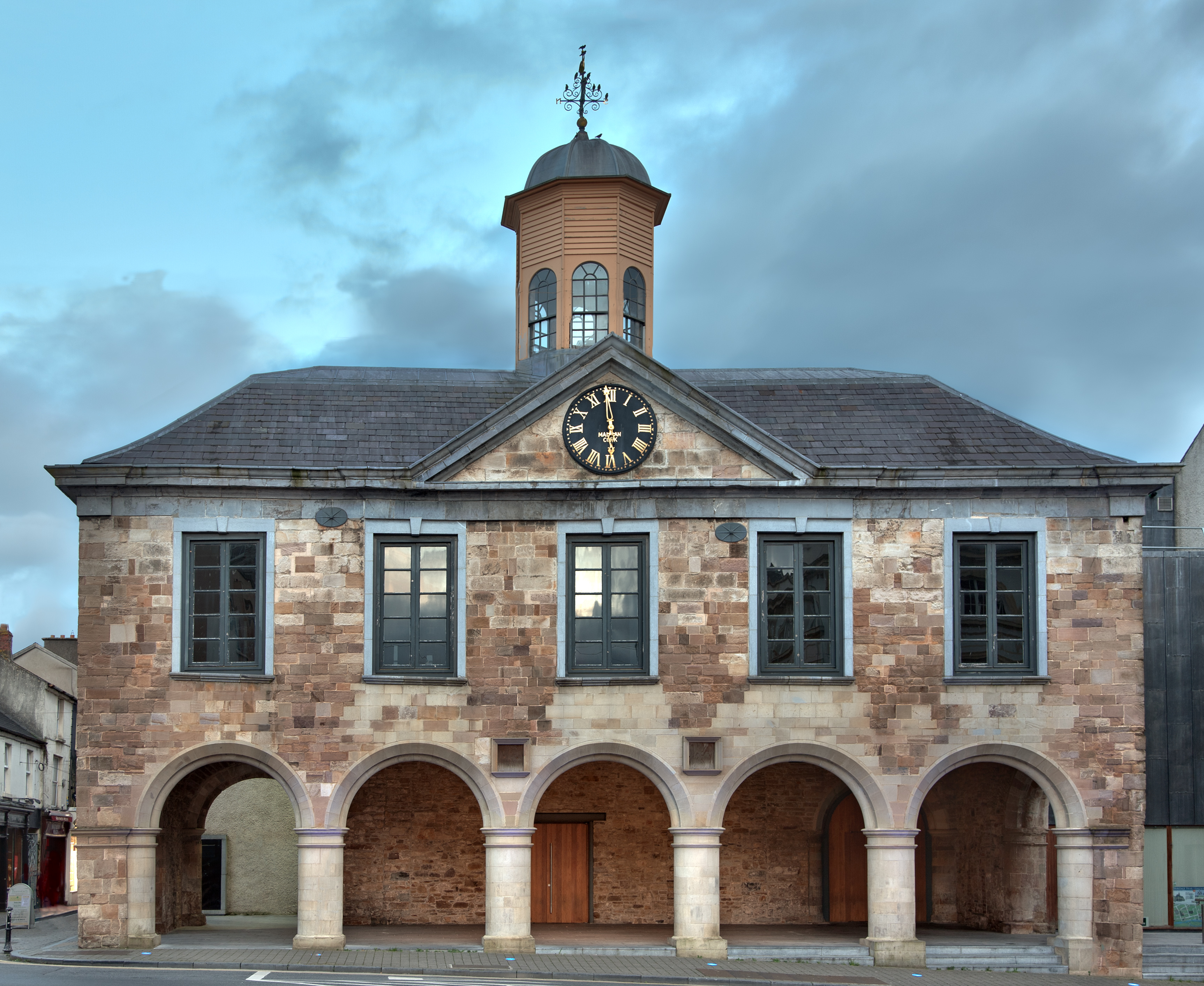Irish Legal Heritage: Murder and Martyrdom in Rathcannon

Pictured: Clonmel Main Guard - the site of Clonmel Assizes until the 1800s (Credit: Digital Eye, CC BY-SA 4.0)
On 30 June 1827, the nephew of a landlord was shot dead in Rathcannon, County Tipperary.
Twenty-five-year-old Richard Chadwick was a magistrate and a land agent for his uncle, and had evicted a number of tenants in the Rathcannon area. He had also started building a police barracks in Rathcannon, and thereafter “the village Aeropagus” pronounced his death sentence. (The Kaleidoscope, 12 August 1828)
On the day in question, Chadwick was travelling between Rathcannon and Holycross with one of the builders he had engaged to erect the barracks, Philip Mara, when the pair met Patrick Grace and Laurence Barry on the road. Patrick Grace shot Chadwick and let Philip Mara go free. Frightened that he would be a prime suspect in the killing, Philip Mara identified Patrick Grace as the gunman.
Patrick Grace was arrested and tried at Clonmel Assizes in the summer of 1827, and was found guilty on the evidence of Philip Mara. According to Sheil and Mackenzie, Grace was “…ordered to be executed near the spot where his misdeed had been perpetrated. This was a signal mistake, and produced an effect exactly the reverse of what was contemplated. The lower orders looked upon him as a martyr; and his deportment, personal beauty, and undaunted courage, rendered him an object of deep interest and sympathy upon the scaffold. He was attended by a body of troops to the old Abbey of Holycross, where not less than fifteen thousand people assembled to behold him”. (Richard Lalor Sheil & Robert Shelton Mackenzie, Sketches of the Irish Bar: Volume II). In fear of his life, Philip Mara was removed by the government to England, leaving his three brothers, Daniel, Laurence, and Timothy behind.
By October 1827, another murder would befall the townland of Rathcannon – to be continued in next week’s Irish Legal Heritage.









